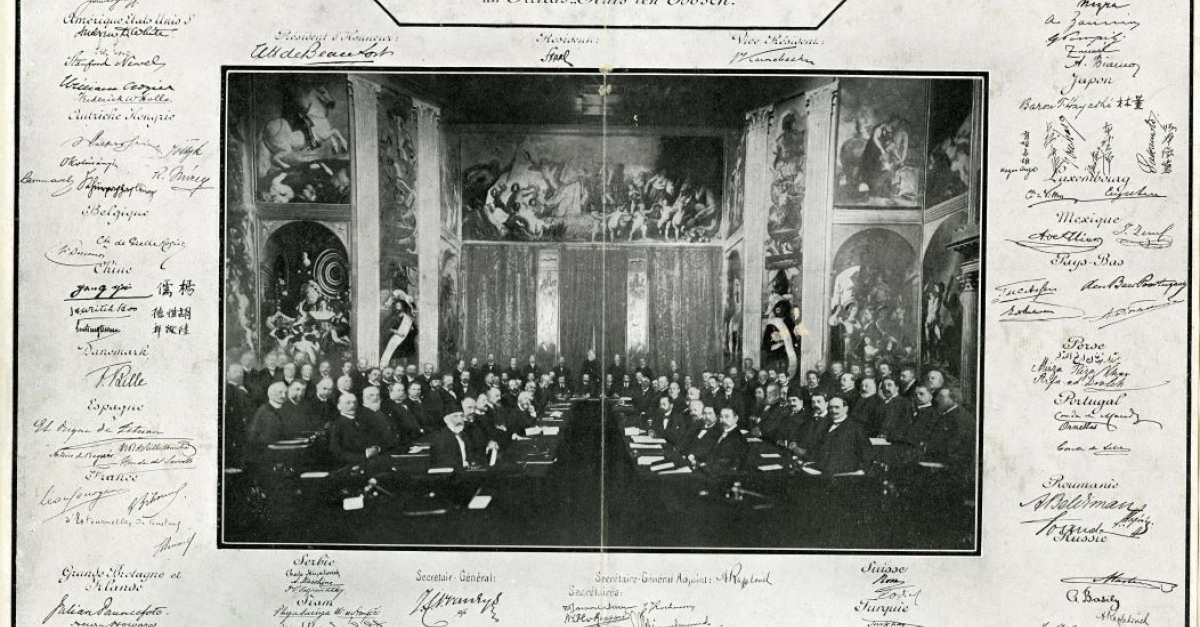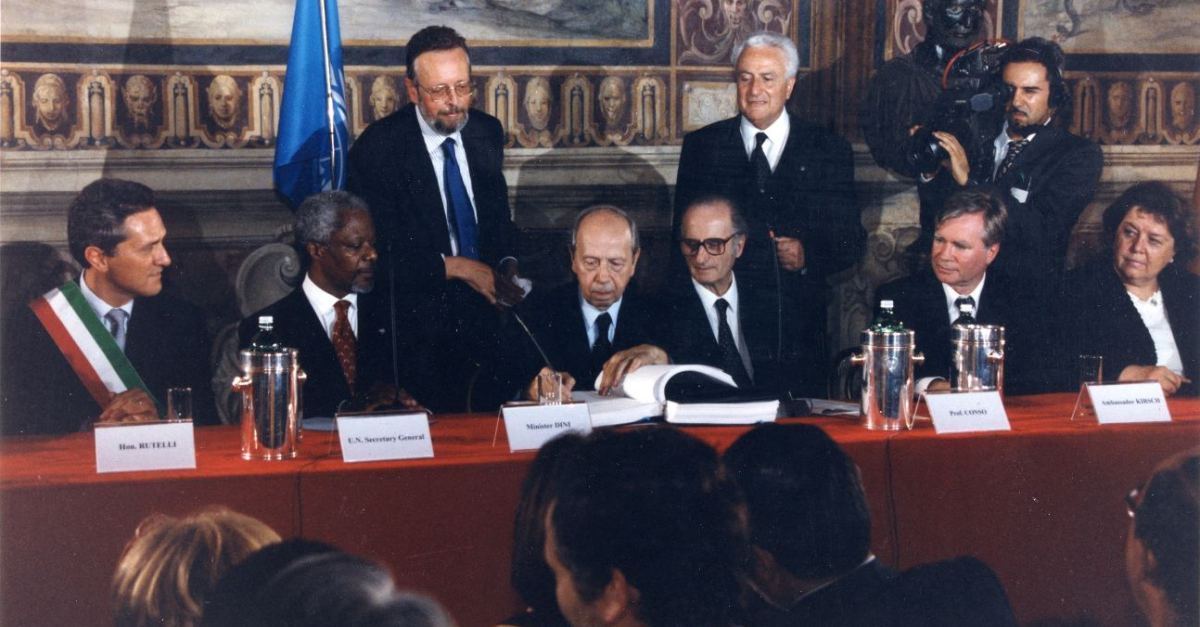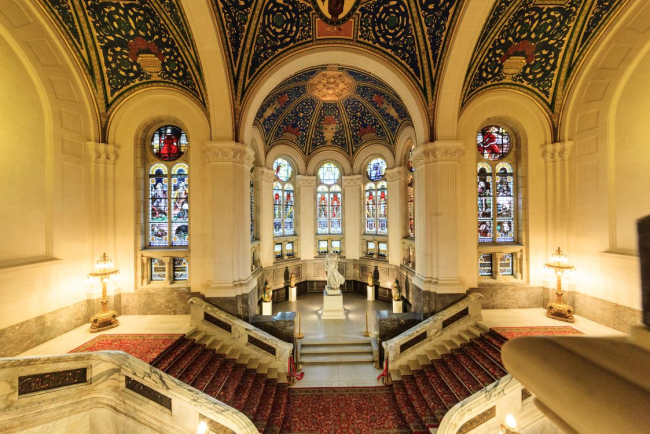The Peace Palace in The Hague was established in the early 20th century to house the Permanent Court of Arbitration, which was created following the First Hague Peace Conference in 1899. The conference, initiated by Russian Tsar Nicholas II, aimed to promote international dialogue and peaceful settlement of conflicts through legal means. A second conference followed in 1907, reinforcing the need for a dedicated building to support international legal institutions.
American philanthropist Andrew Carnegie provided the financial contribution that made the construction of the Peace Palace possible. The building was officially opened in 1913 and has since become an important centre for international law, currently hosting the International Court of Justice, the Permanent Court of Arbitration, The Hague Academy of International Law and the Carnegie Foundation.
As a gesture of goodwill and shared commitment to peace, the countries that participated in the Hague Peace Conferences donated official state gifts to furnish and decorate the palace. These included tapestries, furniture, artworks and materials that reflected each nation’s cultural heritage. The gifts remain part of the permanent collection and serve as a visual record of early 20th-century diplomatic relations and the collective support for legal solutions to global conflicts. One of the most prominent examples is the gift from Argentina:
Gift from Argentina
During the 20th century, when Argentina was on the verge of war with Chile, the border dispute was settled through international arbitration. This is how Argentina made a donation in 1913 – a bronze statue of Christ, which is a smaller copy of the original one that now stands in the Ander Mountains, on the border between the two countries. This statue is fabricated from the weapons that were laid down and melted.
Australia
In 1914, Australia made its contribution with a silver inkwell and a complementary writing desk, both designed by Butler and Bradshaw Architects. The inkwell is designed with a silver moulding that represents gum leaves, wattle and one of the typical Australian animals – an opossum. At the same time, the desk is made of Blackwood and Silky Oak from Victoria and Beech from Queensland, while it is decorated with Queensland opals. This restoration in 2024 coincided with the 125th anniversary of the First Hague Peace Conference, underscoring Australia's enduring commitment to international peace and justice. The desk and inkstand continue to be displayed in the ceremonial office of the Director-General of the Carnegie Foundation, serving as tangible symbols of Australia's contribution to the ideals embodied by the Peace Palace.
Italy
Between 1911 and 1912, Italy contributed to the architectural grandeur of the Peace Palace with the donation of a veined collection of marble - 8 imposing columns and 16 pilasters are installed in the entrance hall of the Palace. Their design and models were first prepared by Willem Retera - one of the craftsmen employed during the construction of the Peace Palace - and then the models have been sent to Carrara, Italy, where the marble parts were produced.
Russia
The Russian Vase is one of the most prominent and symbolically significant state gifts received during the early 20th century. Donated by Tsar Nicholas II of Russia in 1912, the vase underscores Russia's role as the initiator of the First Hague Peace Conference in 1899. Crafted from solid jasper stone sourced from the Ural Mountains, the vase stands over 11 feet tall and weighs approximately 3,200 kilograms. The piece required structural reinforcement beneath the floor to safely support its mass when the Palace was built.
Turkey and the Japanese Room
The Ottoman Empire contributed too, between 1908 and 1913, by donating a large Hereke carpet (160m2) with a floral decor on red ground – which is said to be the largest Hereke carpet in the world outside of Turkey. Such carpets of superior quality were usually commissioned for palaces in the Ottoman Empire by Ottoman Sultan, Abdülmecid I. This carpet can be found in the Japanese Room, where you won't only spot the silk tapestries on the walls given by the Japanese Government, but also the gifts from other countries like China as well.
In 2024, it was restored in honour of 100 years of diplomatic friendship between Türkiye and the Netherlands. The process used traditional techniques and involved repairing extensive wear. Returned in January 2025, the carpet now symbolises cultural heritage, international cooperation and a renewed commitment to peace and friendship.
In a world where peace remains fragile, these treasures serve as a quiet yet enduring reminder of what can be achieved when nations choose collaboration over conflict.
Read more
Peace Palace
The laying of the foundation stone of the Peace Palace in 1907 coincided with the Second Hague Peace Conference.

The Hague celebrates 125 years as the International City of Peace and Justice
In 2024 it's 125 years since the 1st Hague Peace Conference in Huis ten Bosch The Hague took place and the start of Permanent Court of Arbitration.

Working together for a more just world
The International Criminal Court (ICC) and the city of The Hague commemorate the 25th anniversary of the Rome Statute.
